Japanese Stoncrop
Sedum makinoi is native to Japan, the leaves of the wild type are green, but a cultivar with yellowish leaves is also available: Sedum makinoi “Ogon” (Golden Japanese Stonecrop).
Specifics
Sedum makinoi is said to tolerate light frosts. However, this member of the Crassulaceae family does not seem to cope with heavy frosts. It has not survived the winter in my garden.
Location
Sunny to partial shade locations are welcome. Oversummering in the garden or on the balcony is possible. There, please slowly accustom the Japanese Stonecrop to the sun no longer filtered through a window.

Soil
Substrates for cacti and other succulents are suitable. If you want to mix it yourself, you can use peat-free vegetable soil, bird sand and clay granules/pumice gravel in a ratio of 2:1:1.
Watering
The root ball should be allowed to nearly dry out between waterings. The occasional drying out does no harm.
Waterlogging, which is when water sits in the saucer for days, will cause the roots to rot. However, this does not mean that the stonecrop is dead. Cuttings can be taken from shoots that are still alive, and they will quickly show new roots.

Feeding
Occasionally with liquid fertilizer for cacti, green plants or flowering plants from spring to late summer. Start fertilizing no earlier than one year after purchase or repotting.

Wintering
If Sedum makinoi shall flower, a cool winter location is perfect, with temperatures between 41 and 50 °F (5 and 10 °C). Water sparingly at this time.
Wintering at room temperature is also possible, but may result in extremely long shoots. After pruning in spring, the Japanese Stonecrop will grow compact again.
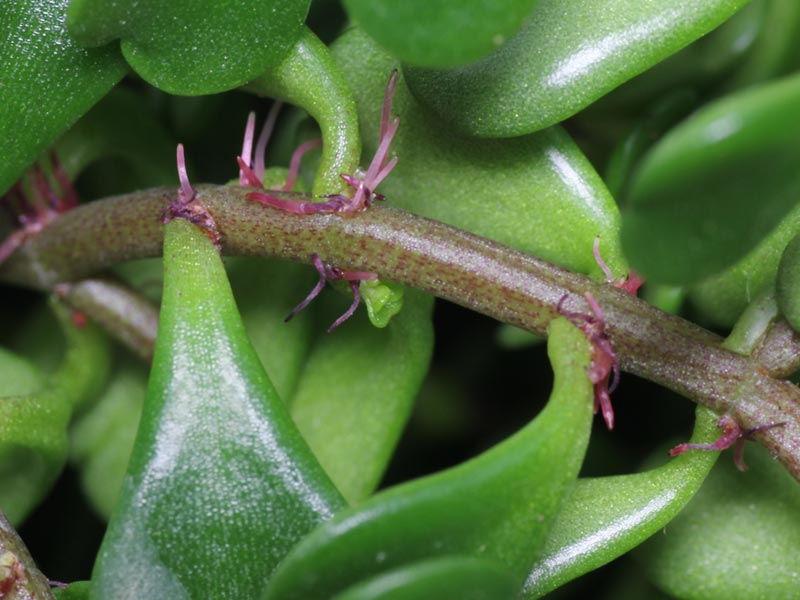
Propagation
Sedum makinoi produces many aerial roots. Such shoots can be used as cuttings. They grow quickly. It is just enough to put them on the substrate.
Categories: Succulents | Crassulaceae |
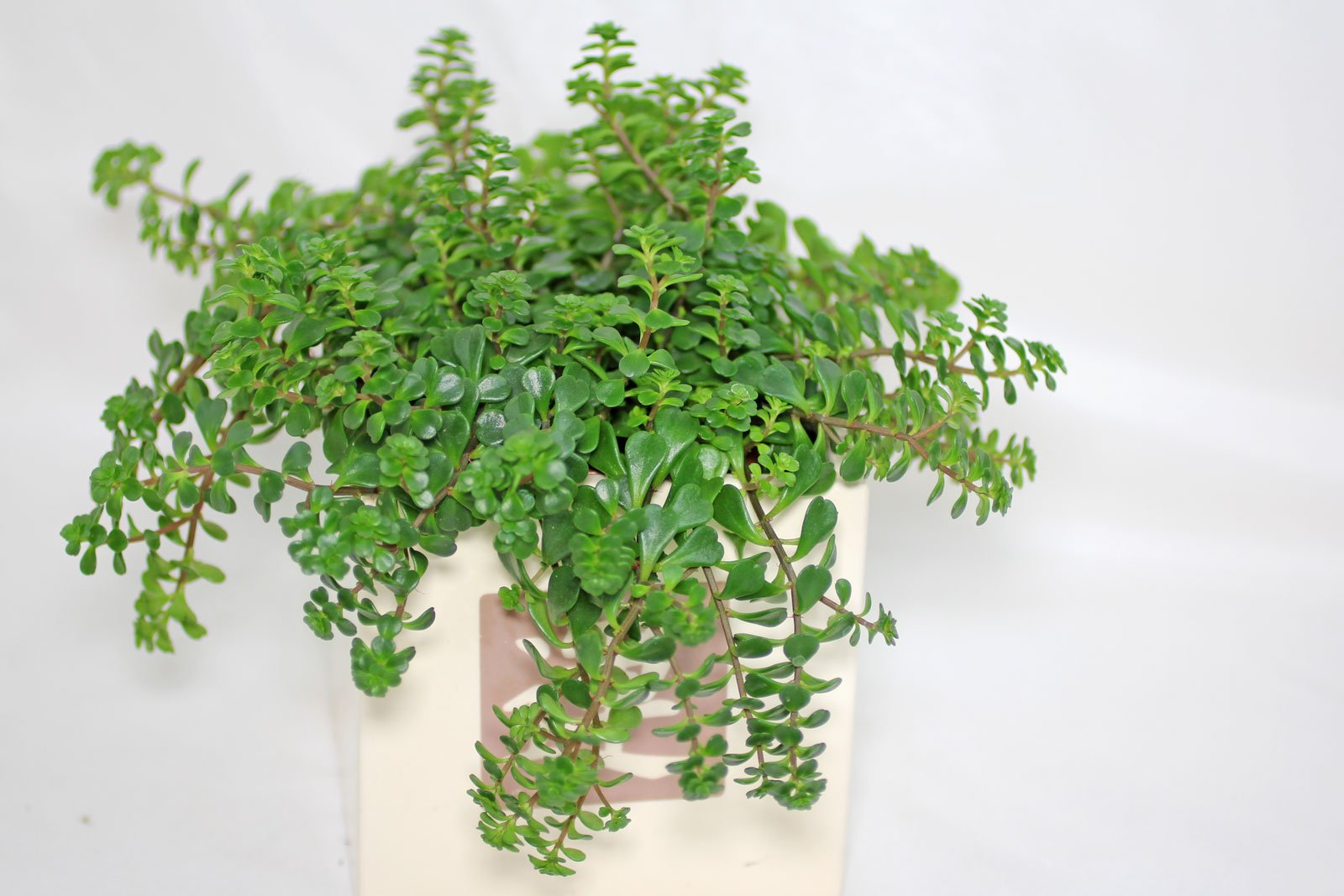
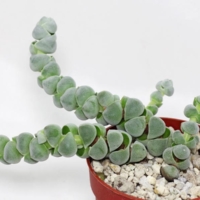 Crassula deceptor var. Arta
Crassula deceptor var. Arta 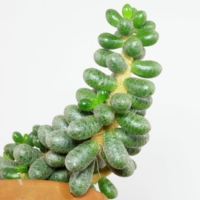 Sedum hernandezii
Sedum hernandezii  Crassula ovata “Convoluta”
Crassula ovata “Convoluta” 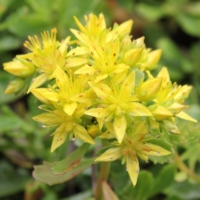 Sedum hybridum
Sedum hybridum  Crassula × marchandii
Crassula × marchandii  Pachyphytum hookeri
Pachyphytum hookeri 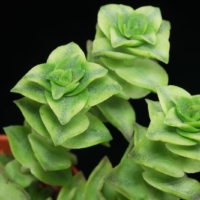 Crassula perforata “Variegata”
Crassula perforata “Variegata”  Crassula ovata
Crassula ovata  Echeveria pulvinata
Echeveria pulvinata  Echeveria lilacina
Echeveria lilacina  Tylecodon schaeferianus
Tylecodon schaeferianus 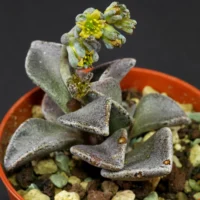 Lenophyllum guttatum
Lenophyllum guttatum  Crassula arborescens ssp. undulatifolia
Crassula arborescens ssp. undulatifolia  Echeveria agavoides “Taurus”
Echeveria agavoides “Taurus”  Phedimus spurius “Tricolor”
Phedimus spurius “Tricolor”  Crassula pellucida ssp. marginalis
Crassula pellucida ssp. marginalis  Kalanchoe thyrsiflora
Kalanchoe thyrsiflora 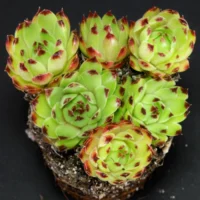 Sempervivum calcareum “Spinulifolium”
Sempervivum calcareum “Spinulifolium” 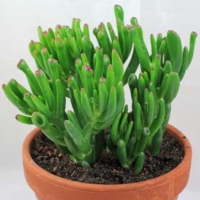 Crassula ovata “Gollum” & “Hobbit”
Crassula ovata “Gollum” & “Hobbit” 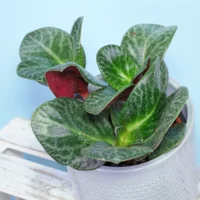 Crassula multicava
Crassula multicava 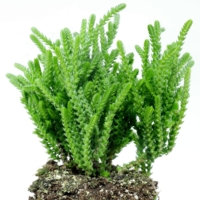 Crassula muscosa
Crassula muscosa  Aeonium sedifolium
Aeonium sedifolium  Crassula tecta
Crassula tecta 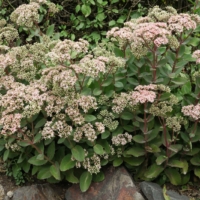 Hylotelephium telephium cv.
Hylotelephium telephium cv.  Aeonium arboreum
Aeonium arboreum  Hylotelephium spectabile
Hylotelephium spectabile  Sedum rupestre “Angelina”
Sedum rupestre “Angelina”  Sedum “Little Missy”
Sedum “Little Missy”  Kalanchoe beharensis
Kalanchoe beharensis  Kalanchoe scapigera
Kalanchoe scapigera  Aeonium arboreum “Nigrum”
Aeonium arboreum “Nigrum”  Dudleya brittonii
Dudleya brittonii  Sedum rubrotinctum
Sedum rubrotinctum  Crassula barbata
Crassula barbata  Echeveria prolifica
Echeveria prolifica  Sempervivum tectorum cv.
Sempervivum tectorum cv.  Sedum album “Athoum”
Sedum album “Athoum”  Sedum palmeri
Sedum palmeri  Echeveria derenbergii
Echeveria derenbergii  Pachyphytum compactum “Red Tips”
Pachyphytum compactum “Red Tips”  Crassula deceptor
Crassula deceptor  Graptopetalum bellum
Graptopetalum bellum  Aeonium glutinosum
Aeonium glutinosum  Graptopetalum paraguayense
Graptopetalum paraguayense  Crassula ovata “Tricolor” – care sheet
Crassula ovata “Tricolor” – care sheet 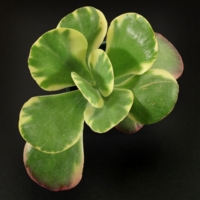 Kalanchoe thyrsiflora “Variegata”
Kalanchoe thyrsiflora “Variegata”  Echeveria purpusorum
Echeveria purpusorum  Echeveria setosa var. minor
Echeveria setosa var. minor  Pachyphytum bracteosum
Pachyphytum bracteosum  Hylotelephium sieboldii
Hylotelephium sieboldii  Echeveria agavoides “Cristata”
Echeveria agavoides “Cristata”  Sedum burrito
Sedum burrito 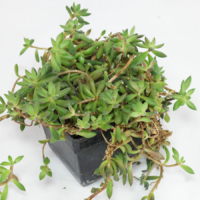 Sinocrassula yunnanensis
Sinocrassula yunnanensis 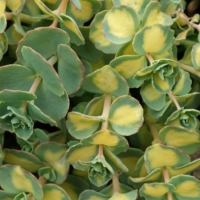 Hylotelephium sieboldii “Mediovariegatum”
Hylotelephium sieboldii “Mediovariegatum” 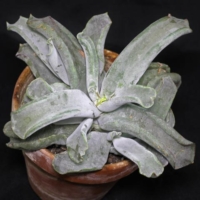 Cotyledon orbiculata “Octopus”
Cotyledon orbiculata “Octopus”  Kalanchoe fedtschenkoi “Variegata”
Kalanchoe fedtschenkoi “Variegata”  Sedum mocinianum
Sedum mocinianum 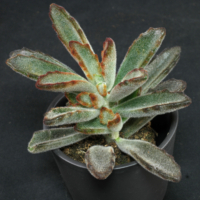 Kalanchoe tomentosa “Chocolate Soldier”
Kalanchoe tomentosa “Chocolate Soldier”  Echeveria “Fabiola”
Echeveria “Fabiola” 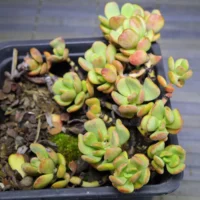 Sedum obtusatum
Sedum obtusatum 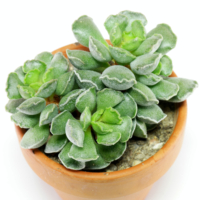 Adromischus cristatus
Adromischus cristatus  Sedum nussbaumerianum
Sedum nussbaumerianum  × Graptoveria “Silver Star”
× Graptoveria “Silver Star”  Echeveria setosa
Echeveria setosa  Kalanchoe blossfeldiana “Aurora”
Kalanchoe blossfeldiana “Aurora” 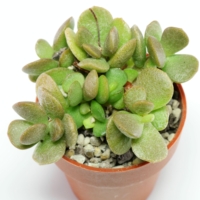 Adromischus diabolicus
Adromischus diabolicus 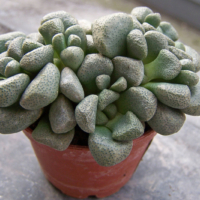 Crassula mesembrianthemopsis
Crassula mesembrianthemopsis  Hylotelephium telephium “Lajos”
Hylotelephium telephium “Lajos”  Cotyledon tomentosa “Variegata”
Cotyledon tomentosa “Variegata”  Crassula exilis ssp. schmidtii
Crassula exilis ssp. schmidtii  Sedum lineare “Silverstar”
Sedum lineare “Silverstar” 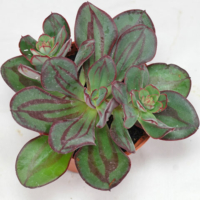 Echeveria nodulosa
Echeveria nodulosa  Pachyphytum oviferum
Pachyphytum oviferum  Kalanchoe longiflora
Kalanchoe longiflora  Cremnosedum “Little Gem”
Cremnosedum “Little Gem”  Crassula falcata
Crassula falcata  Kalanchoe blossfeldiana cv.
Kalanchoe blossfeldiana cv. 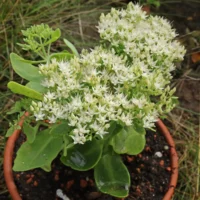 Hylotelephium spectabile “Iceberg”
Hylotelephium spectabile “Iceberg”  Dudleya greenei
Dudleya greenei 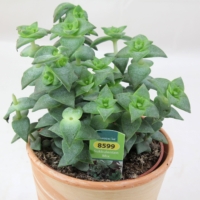 Crassula perforata
Crassula perforata  Echeveria gibbiflora “Purple Pearl”
Echeveria gibbiflora “Purple Pearl” 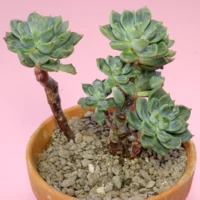 Echeveria setosa var. oteroi
Echeveria setosa var. oteroi  Sempervivum arachnoideum cv.
Sempervivum arachnoideum cv. 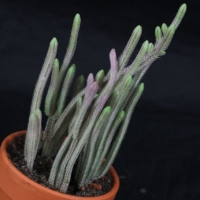 Crassula muscosa “Variegata”
Crassula muscosa “Variegata”  Echeveria “Perle von Nürnberg”
Echeveria “Perle von Nürnberg”  Kalanchoe pumila
Kalanchoe pumila  Kalanchoe daigremontiana
Kalanchoe daigremontiana  Echeveria pulvinata var. leucotricha (syn. Echeveria leucotricha)
Echeveria pulvinata var. leucotricha (syn. Echeveria leucotricha)  Kalanchoe delagoensis
Kalanchoe delagoensis 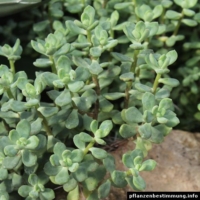 Echeveria macdougallii
Echeveria macdougallii  Adromischus alstonii
Adromischus alstonii  Phedimus spurius cv.
Phedimus spurius cv.  Cotyledon tomentosa
Cotyledon tomentosa 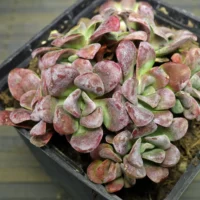 Sedum spathulifolium “Purpureum”
Sedum spathulifolium “Purpureum”  Sedum nevii
Sedum nevii  Kalanchoe tomentosa
Kalanchoe tomentosa 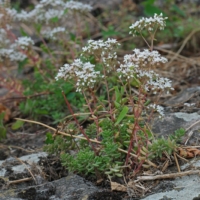 Sedum album
Sedum album  Crassula columella / Columnar Crassula
Crassula columella / Columnar Crassula 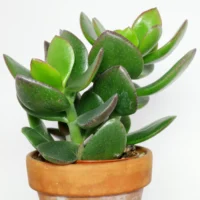 Crassula ovata “Hulk”
Crassula ovata “Hulk” 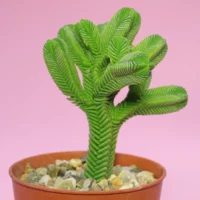 Crassula pyramidalis
Crassula pyramidalis  Aeonium canariense
Aeonium canariense  Adromischus cristatus var. clavifolius
Adromischus cristatus var. clavifolius  Sedum compactum
Sedum compactum  Graptopetalum filiferum
Graptopetalum filiferum 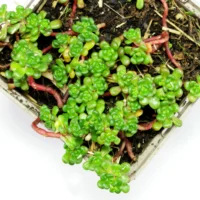 Sedum oreganum
Sedum oreganum  Hylotelephium populifolium
Hylotelephium populifolium  Crassula columella
Crassula columella  Sedum morganianum
Sedum morganianum 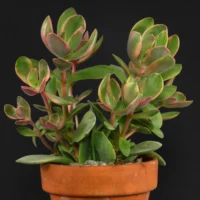 Crassula atropurpurea var. muirii “Variegata”
Crassula atropurpurea var. muirii “Variegata”  Kalanchoe orgyalis
Kalanchoe orgyalis  Orostachys iwarenge
Orostachys iwarenge  Aeonium decorum “Variegata”
Aeonium decorum “Variegata”  Sempervivum arachnoideum
Sempervivum arachnoideum  Pachyphytum kimnachii
Pachyphytum kimnachii  Echeveria elegans
Echeveria elegans  Pachyphytum compactum
Pachyphytum compactum  Echeveria agavoides .cv
Echeveria agavoides .cv 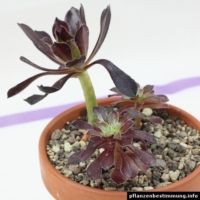 Aeonium arboreum “Atropurpurea”
Aeonium arboreum “Atropurpurea” 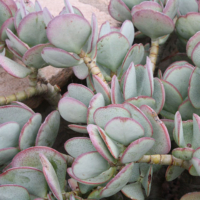 Crassula arborescens
Crassula arborescens  Cotyledon undulata
Cotyledon undulata  Crassula orbicularis var. Rosularis
Crassula orbicularis var. Rosularis  Sedum acre
Sedum acre  Echeveria agavoides
Echeveria agavoides  Sedum rupestre
Sedum rupestre  Echeveria pulidonis
Echeveria pulidonis  Adromischus cooperi
Adromischus cooperi  Sedum sexangulare
Sedum sexangulare  Kalanchoe humilis
Kalanchoe humilis  Sedum sediforme
Sedum sediforme